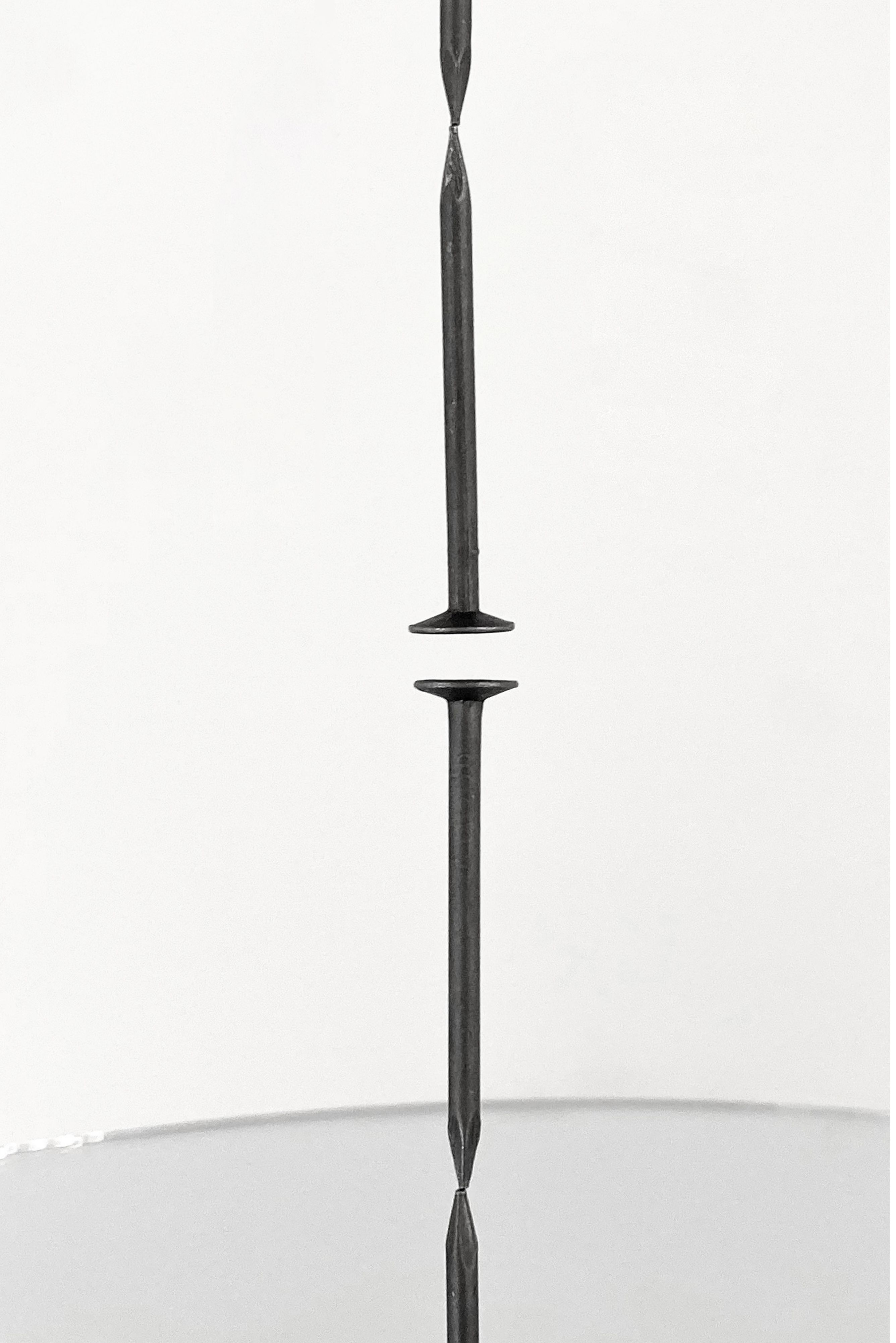Conversation with Zohreh Galdizadeh
Interview with the recipient of the September edition of MyMA Artist Grant, Zohreh Galdizadeh.
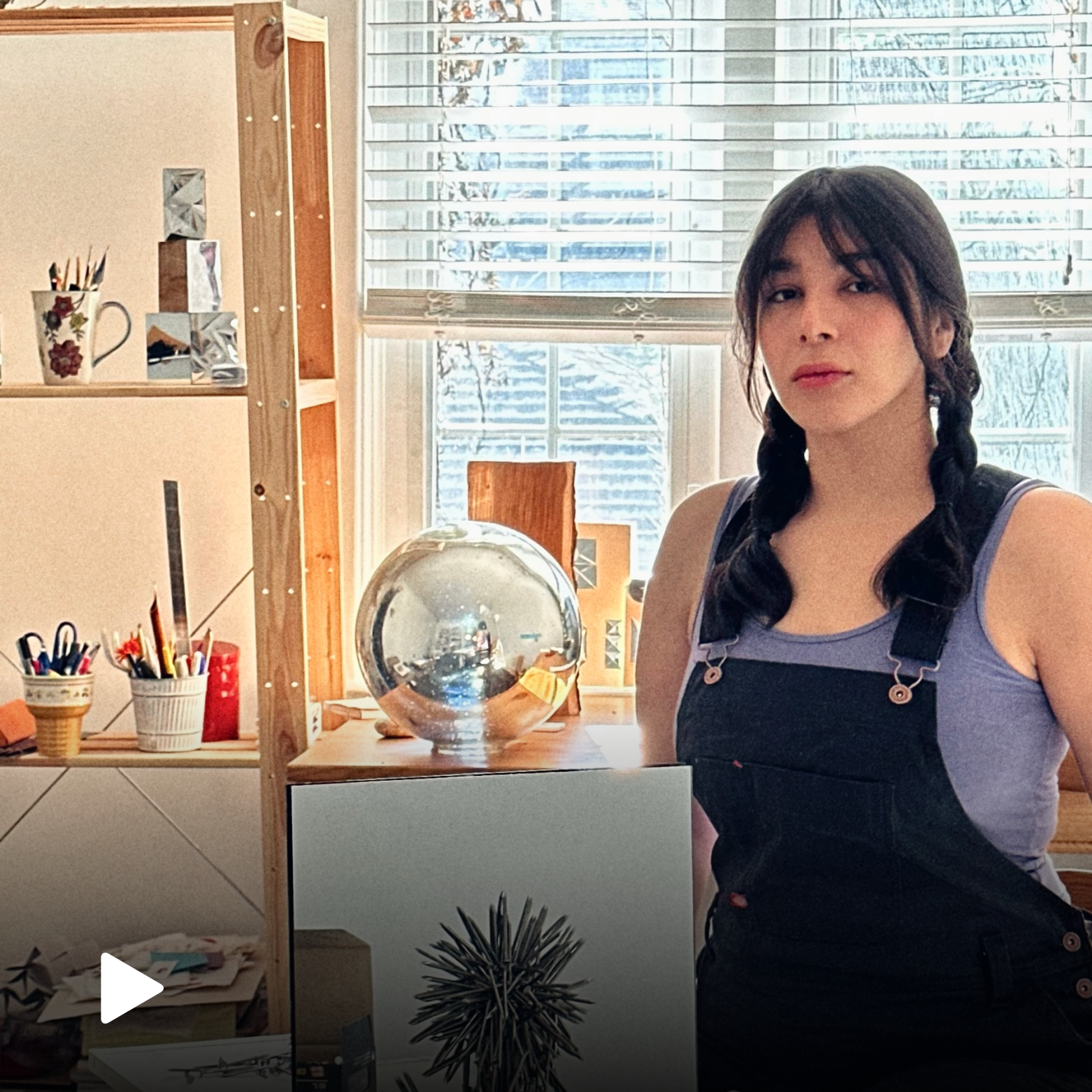
Congratulations on winning the September iteration of the MyMA Artist Grant! Can you tell us a bit about yourself and your practice?
I’m Zohreh Galdizadeh, a sculptor and installation artist from Iran. I earned my MFA in Studio Art from Georgia Southern University. My creations delve into the vibrancy and interplay of materials, exploring how they connect with us, the space they occupy, and forces such as gravity and magnetism. By incorporating elements like mirrors, magnets, glass, nails, and rocks, I aim to spark conversations and challenge our understanding of the material realm.
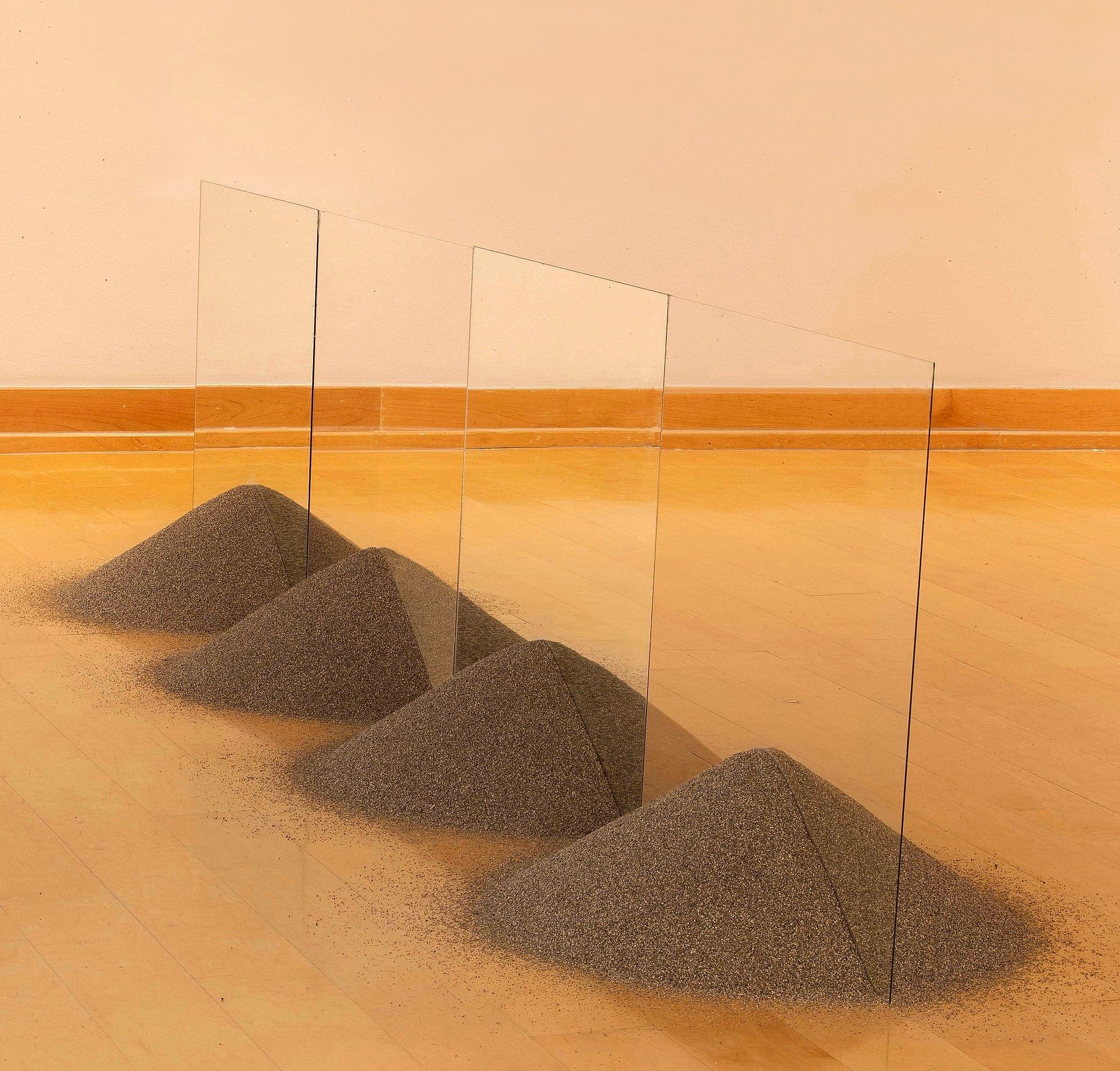
Your practice is very multilayered. Can you tell us a bit about your artistic process? How do you start a work?
When I want to make a piece, I start by paying attention to the world around me. Inspiration often arises from the materials and elements in my surroundings. I observe, finding inspiration even in the smallest details. In my studio, I enjoy experimenting with various materials, exploring their potential and interactions. Visiting a hardware store and just looking at materials is also one of my habits. Additionally, I draw inspiration from artists who share similar interests. To bring my ideas to life, I typically create maquettes to visualize how they will translate on a larger scale. Given that mirrors play a central role in my work, it’s essential to see how they’ll fit into the final piece before proceeding.
Is there a particular project or installation that holds special significance to you? If so, can you elaborate on why it's meaningful in the context of your artistic journey?
“Concord” holds a special place in my journey as it has been a profound learning experience. This piece incorporates four materials: two small magnets, a needle, a concrete block, and a chain. Together, they create an amazingly intricate piece, filled with wonder. It’s about a heavy block of concrete delicately balanced on a tiny needle, which is suspended in space by a magnet without even touching it. Magnets and gravity work together to keep the block in balance. This arrangement highlights the delicate balance and interplay between the materials. The piece also emphasizes how a small object like a needle has the potential to hold such a heavy object, change the space and showcasing the remarkable strength of simple yet well-designed systems.
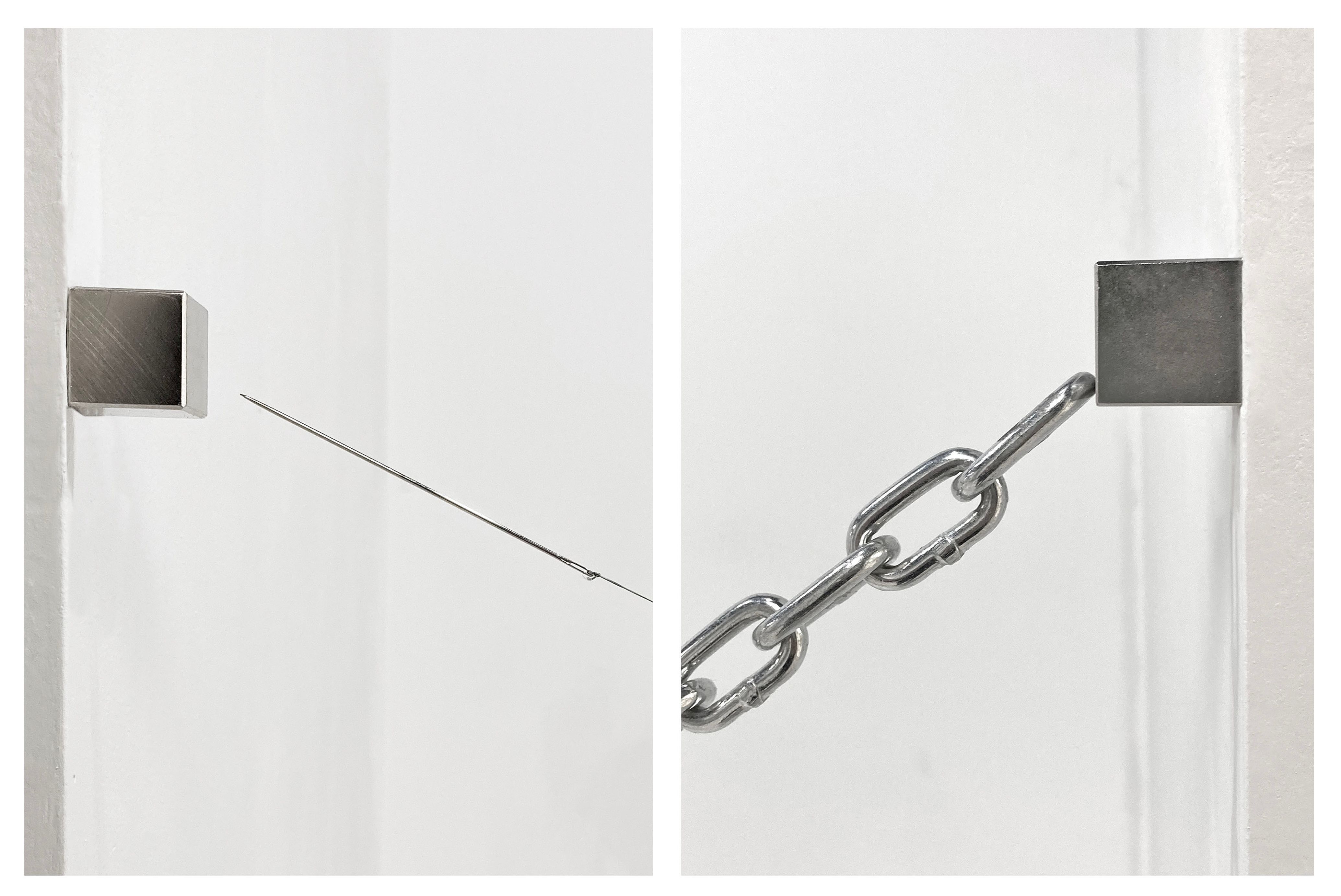
In your artist statement, you mentioned being critical of human exceptionalism and material indifference. Could you elaborate on this and how it is reflected in your art?
I challenge the common belief that humans are superior or more important than other elements in nature. I emphasize that everything, from humans to materials, shares a fundamental connection. This idea is evident in my piece “extension,” where the viewer becomes an integral part of the artwork, emphasizing that both are incomplete without the other. I also explore the interactions among different materials, showcasing their inherent vitality and interconnectedness. My goal is to shift our perspective, encouraging a deeper respect for and harmony with the world around us.
You mentioned that you view all forms of matter as animated and agential. Can you discuss what this means to you and how this idea informs your practice?
The concepts I mentioned are based on Jane Bennett’s book “Vibrant Matter: A Political Ecology of Things.” In the book, Bennett delves into her theory of vibrant matter, emphasizing the agency of non-human or non-living entities in the world. The ideas of interconnectedness, the vitality of inanimate objects, and the challenge to traditional distinctions between living and non-living things are central to her theory. Based on Jane Bennett’s idea, even a simple rock has life and energy. Imagine placing a small rock in an empty room. Its presence alone shifts the room’s feel. It’s not just an object; it’s a dynamic force that changes the space and adds depth and story to it, and it also makes us aware of our presence.
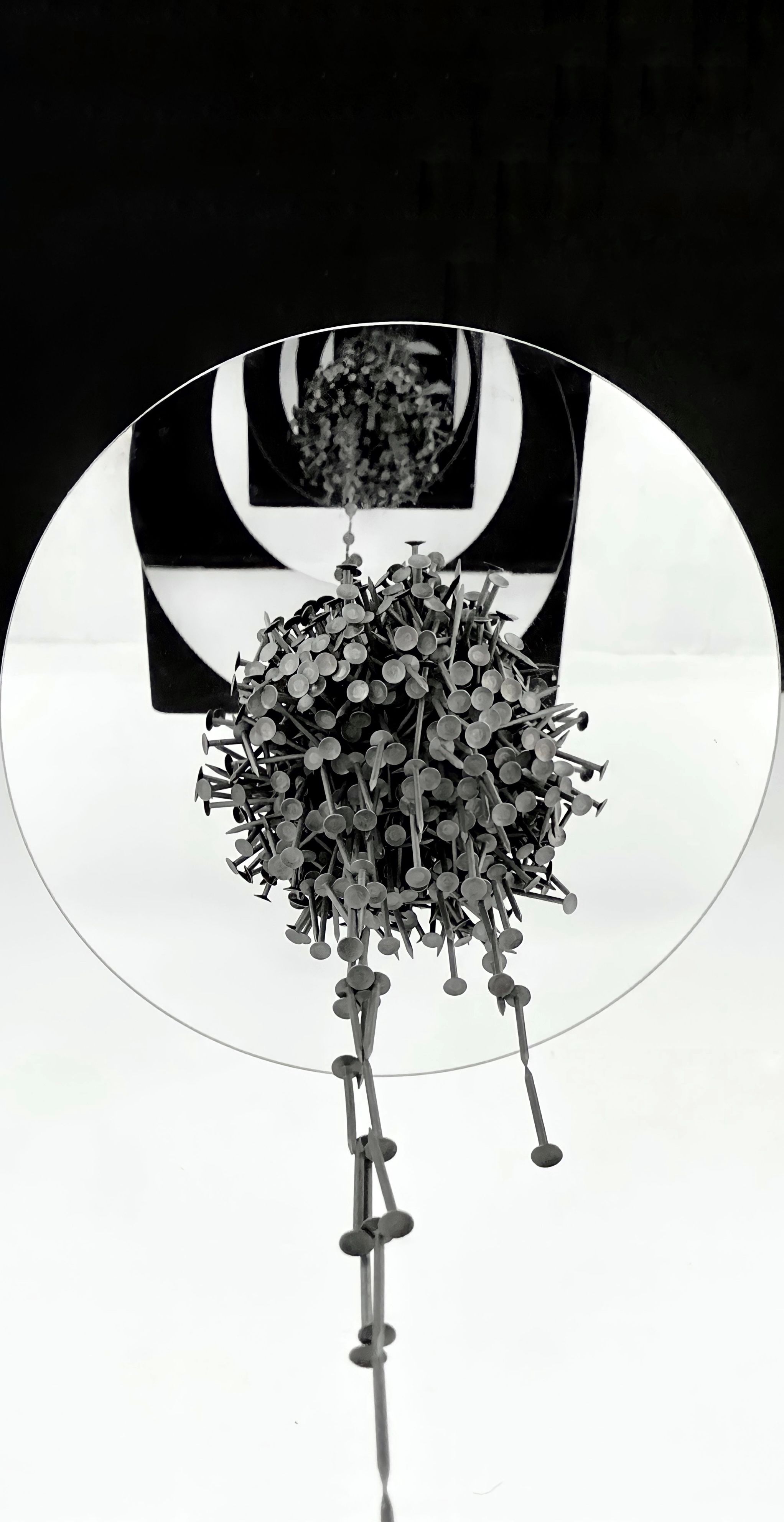
Do you have any studio rituals or habits? What’s a typical day in the studio for you?
I usually make a to-do list, especially when I have tight deadlines or feel overwhelmed. In the studio, I start the day with a few moments of reflection to set my goals. There are days when I simply sit in my studio and just play with the materials that I have. Other times, I might engage in cleaning or tidying up the space which always helps me to clear my mind. When I encounter a creative block or the desire for something different, I might switch to watercolor for calligraphy. I also watch videos of artists discussing their work. Checking open calls for opportunities is part of my routine too.
Who are your artistic influences?
My artistic influences are a diverse blend of visionaries like Robert Smithson, Olafur Eliasson, and Monir Farmanfarmaian, along with numerous others who've left their mark on my practice. I'm deeply inspired by Persian mirror work, Ayne-kari, which resonates with my fascination for materials and their transformative potential.
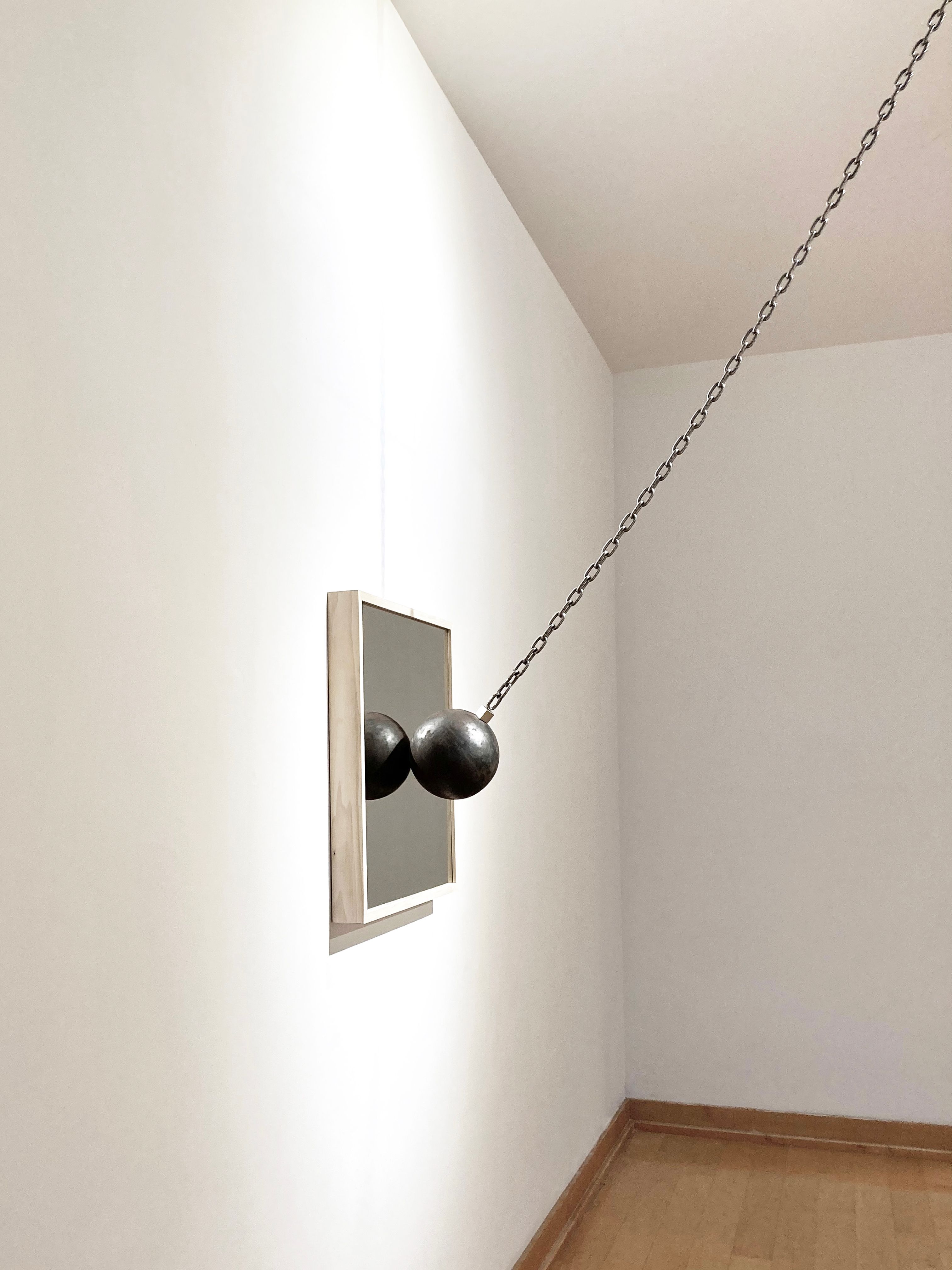
What was the best art advice you have received?
One of the best pieces of advice I have received was during the early days of my MFA journey. I was full of self-doubt, uncertain about my artistic direction, and afraid to make mistakes. One of my professors shared an advice: “You never know until you make it. Sometimes, first you make it, then you understand it, even if it's not perfect. The process of creating is where the real learning happens.”
What’s your go-to karaoke song?
I don’t have an English go-to karaoke song, but if I pick up the mic, I go for ‘Vaveyla’ by Shahram Shabpareh. It’s a fun Farsi track that you might find yourself shaking your shoulders while listening to it!
